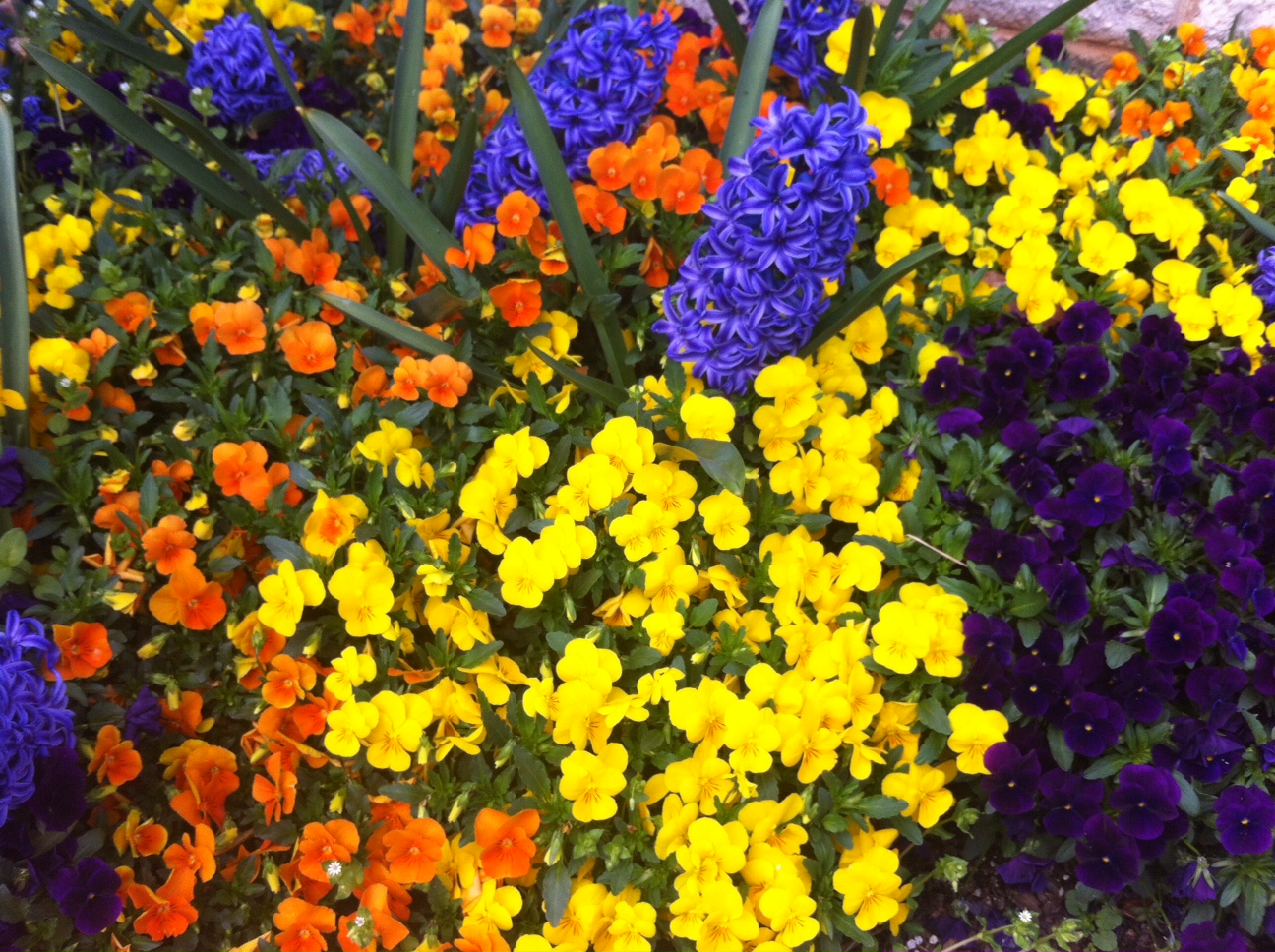
In conclusion, it is required to instill hope. The facilitator’s optimism and faith in patients’ – and in her own – abilities helped create change inside and outside the group. Patients reported being much more tolerant and empathetic towards their surroundings. Working on empowerment and awareness of the capabilities, and on coping strategies has helped to function more effectively even in times of crisis and pressure. Feeling as part of the global universe, is also comforting (Yalom, 2006).
As a result of the corona days I find parallels between the evolution of parent-child relationship and the one of the therapist-patient. While the mother needs to adjust to a new reality in which her children leave home to seek independence and start their own path in the world, the therapist needs to adjust as well to the idea that the setting has changed. The connection remains but evolves into something new. Will the therapist’s better understanding of her own motherhood can create, a better understanding of the new challenges ahead?
_____________
Bibliography
Bowlby, J. (1973). Attachment and loss: Separation anxiety and Anger. New York: Basic Books.
Jung, K.J. (1993). Memories of dream thoughts. Translation: Ankori, M. Tel Aviv: Ramot .(in Hebrew)
Mas-Goldman O. (2020). Individual psychodrama therapy – unique aspects in Corona days. Conference, Psychodrama in Corona days, June15, 2020 (By Zoom), College of Society and Arts, Ono,(In Hebrew) .
Moreno, J. L. 1953 Who Shall Survive? Foundations of Sociometry, Group Psychotherapy and Sociomdrama, Book 2- the Sociometric system, Beacon, N. Y. pp, 39-99
Netzer, R. (2013). From the totem feast to the eternity peaches, food symbols in the “Kitchen of the Mind” in a Jungian eye. Israeli Journal of Psychoanalysis, D, pp. 193-220.(in Hebrew)
Ogdan, T (2004). On Holding and Containing, being and dreaming. International Journal of Psychoanalysis, 85, 1349-1364.






